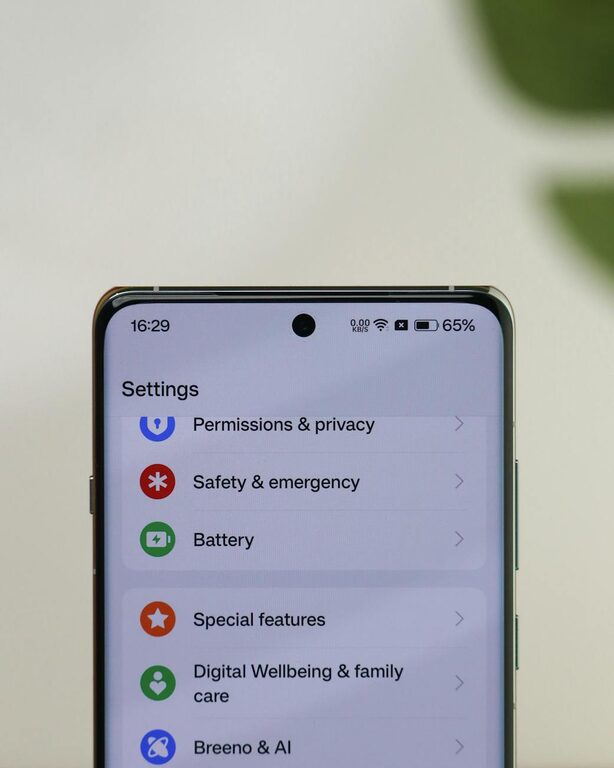In today’s digital world, notifications are everywhere—from emails and social media updates to app alerts and reminders. While these can be helpful, constant notifications can easily disrupt your focus, increase stress, and make it difficult to relax. Learning to set boundaries with notifications is an important step toward regaining control over your digital life and improving productivity and well-being.
In this post, we’ll explore practical strategies to help you manage your notifications thoughtfully and create a healthier digital routine.
Why Setting Boundaries with Notifications Matters
Notifications are designed to grab your attention, often interrupting your workflow or downtime. When left unchecked, they can lead to:
– Increased stress and anxiety
– Reduced concentration and productivity
– Difficulty disconnecting from work or social media
– Sleep disturbances
By setting intentional boundaries around your notifications, you can protect your mental space and improve your ability to focus.
—
Tips for Managing Notifications Effectively
1. Audit Your Notifications
Start by reviewing which apps and devices send you notifications. Ask yourself:
– Do I really need alerts from this app?
– How often do I check this notification?
– Does this notification add value or just create distraction?
Disable notifications from non-essential apps or those that consistently interrupt you without meaningful reason.
2. Customize Notification Settings
Most devices and apps allow you to customize notification types and sounds. Consider:
– Turning off sounds or vibrations for less urgent apps
– Limiting notifications to important categories (e.g., direct messages instead of likes on social media)
– Using “silent” notifications that appear without drawing attention
Adjust these settings to keep only high-priority notifications active.
3. Use Do Not Disturb Modes and Focus Features
Modern smartphones and computers offer “Do Not Disturb” or focus modes. These temporarily block notifications except from specific contacts or apps you allow.
Set up focus modes for different parts of your day such as:
– Work hours
– Family time
– Bedtime
This way, notifications won’t distract you when you least want to be interrupted.
4. Establish Notification-Free Times and Zones
Create daily routines where notifications are completely off, such as during:
– Meals
– Exercise
– Reading or hobbies
– The first and last hour of your day
You might also designate certain physical spaces, like bedrooms or dining rooms, as “notification-free zones” to promote relaxation and presence.
5. Batch Your Notifications
Instead of responding immediately, try batching your notifications to check at specific times—for example, every hour or during breaks.
This helps reduce the constant urge to check your device and can improve concentration on the task at hand.
6. Inform Others of Your Boundaries
If you rely on communication for work or social reasons, let colleagues, friends, and family know about your notification preferences and availability.
Setting clear expectations helps prevent misunderstandings if you don’t respond immediately.
7. Use Alternative Tools for Important Alerts
For essential updates like calendar reminders or emergency calls, consider using specialized tools or settings that bypass normal notification restrictions.
This ensures you remain reachable for urgent matters while minimizing less critical interruptions.
—
Benefits of Setting Notification Boundaries
When you manage notifications thoughtfully, you may notice:
– Improved concentration and productivity
– Reduced stress and feeling of overwhelm
– More quality time with loved ones without distractions
– Better sleep quality from less screen time before bed
—
Final Thoughts
Notifications can be helpful tools when used wisely, but they can also become sources of constant distraction. By auditing your notifications, customizing settings, using focus modes, and creating notification-free times, you can take control of your digital environment.
Start small—choose one or two strategies to implement this week—and gradually build habits that help you enjoy a healthier, more balanced relationship with technology.
Remember, setting boundaries with notifications isn’t about completely cutting off communication; it’s about making mindful choices that support your well-being and productivity every day.

